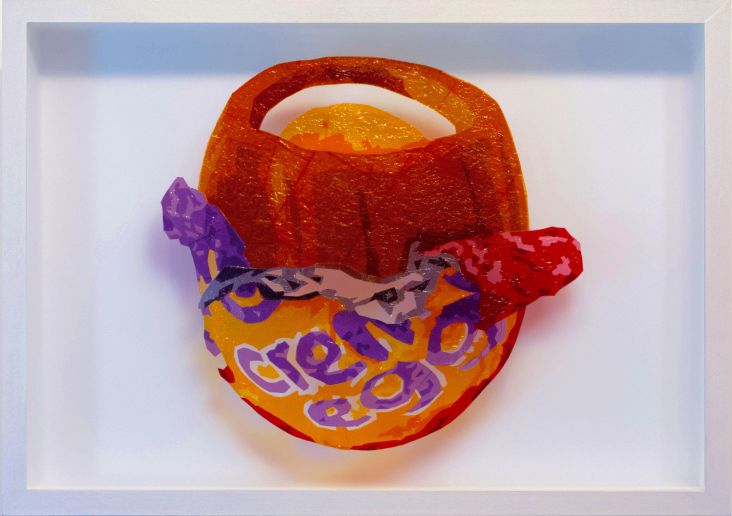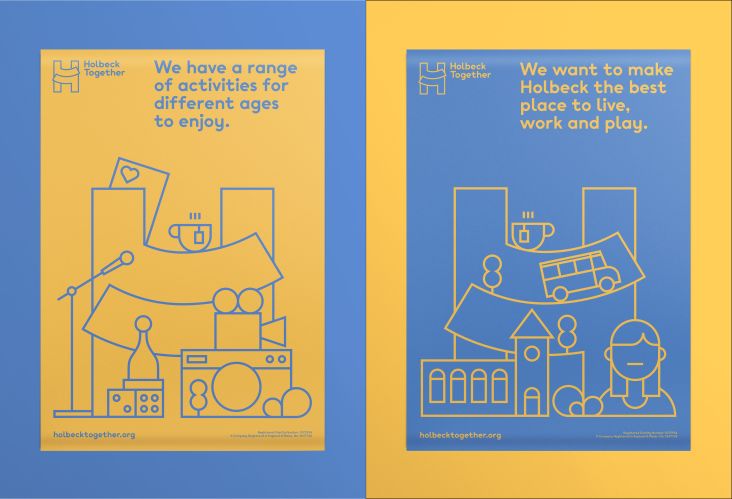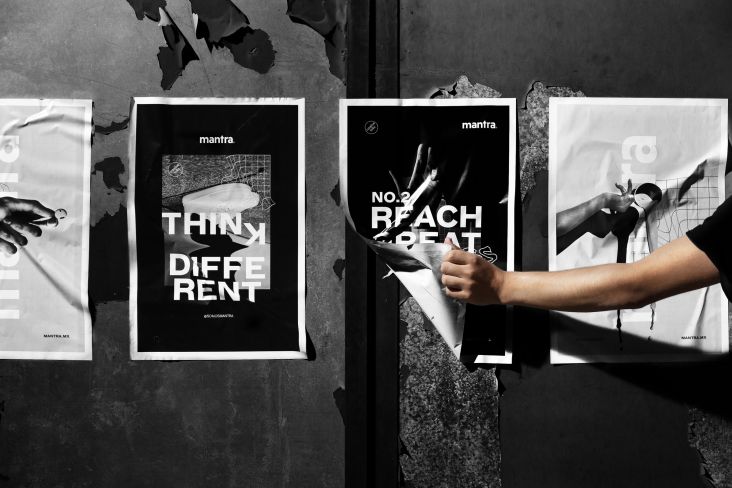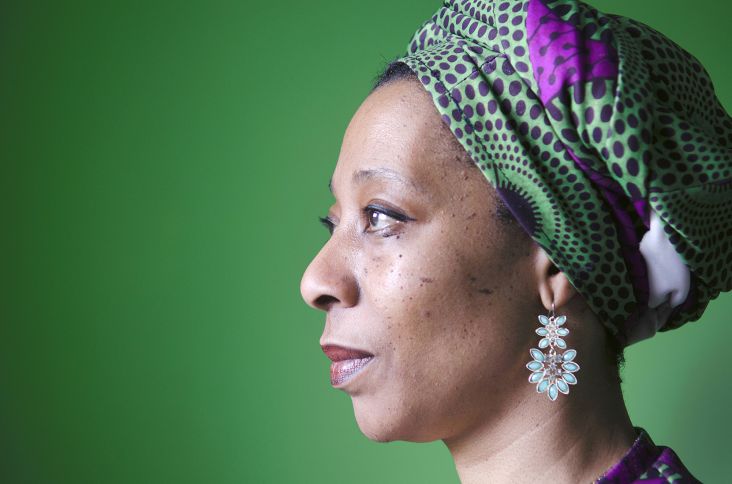Love, Art, Loss: Paintings by Stanley Spencer of his two wives and their complicated relationships
You could argue that the two most important figures in Stanley Spencer's life were his two wives, Hilda Carline and Patricia Preece; complicated relationships which are to be explored in a new exhibition later this month.

Hilda Carline, Self-Portrait, 1923, Oil on canvas, 74.9 x 57.8 © Estate Hilda Carline & DACS, London. Courtesy Tate
Love, Art, Loss: The Wives of Stanley Spencer opens at Stanley Spencer's Gallery in Cookham on 26 March, and aims to shed light on the effect the two women had on Spencer’s artistic practice while also examining the bizarre love triangle that existed between them.
Spencer was married to Carline when he met Preece in 1929 in Cookham, the Berkshire village where he was born and which was the inspiration for some of his greatest works. Eventually, his infatuation led to a divorce with Carline and marriage with Preece, even though she was living with her lover, the artist Dorothy Hepworth, at the time. Preece took Hepworth on their honeymoon and then refused to consummate their marriage, although she continued to live with Hepworth at Spencer's former marital home. The artist then moved to London, living in a bedsit in Swiss Cottage, while having to support not just Carline but Preece, too.
He continued to paint both women resulting in some of his most powerful work. One of his most famous paintings, Double Nude Portrait: The Artist and his Second Wife (1937), depicts his own and Preece's body in a frank non-idealised manner, the colours and textures of their flesh are juxtaposed with a raw joint of mutton.
This new direction led to a series of work he began in 1937 entitled The Beatitudes of Love, about ill-matched couples, but it did not meet the approval of all his supporters: it prompted the following response from his early patron, Sir Edward Marsh, "Terrible, terrible Stanley!"
Spencer's raw portrayal of his personal life and use of hyperrealism was unique amongst modern British artists at the time. His unabated self-expression was truly avant-garde and his portraits, in particular, evoke the conflicting forces at play: love and objectivity, lover and wife, voyeurism and the gaze, the consummated and the unfulfilled.
The show's curator Amanda Bradley says: "Spencer had wanted two wives, the spiritual support from Hilda and carefree excitement from Patricia, but effectively ended up with none. Spencer's aching sense of loss and confusion is evident in his unique evocation of the frailty of human condition that was seminal to the development of Modern British Art, without whom Lucien Freud, Francis Bacon and Grayson Perry would not be as we know them today."
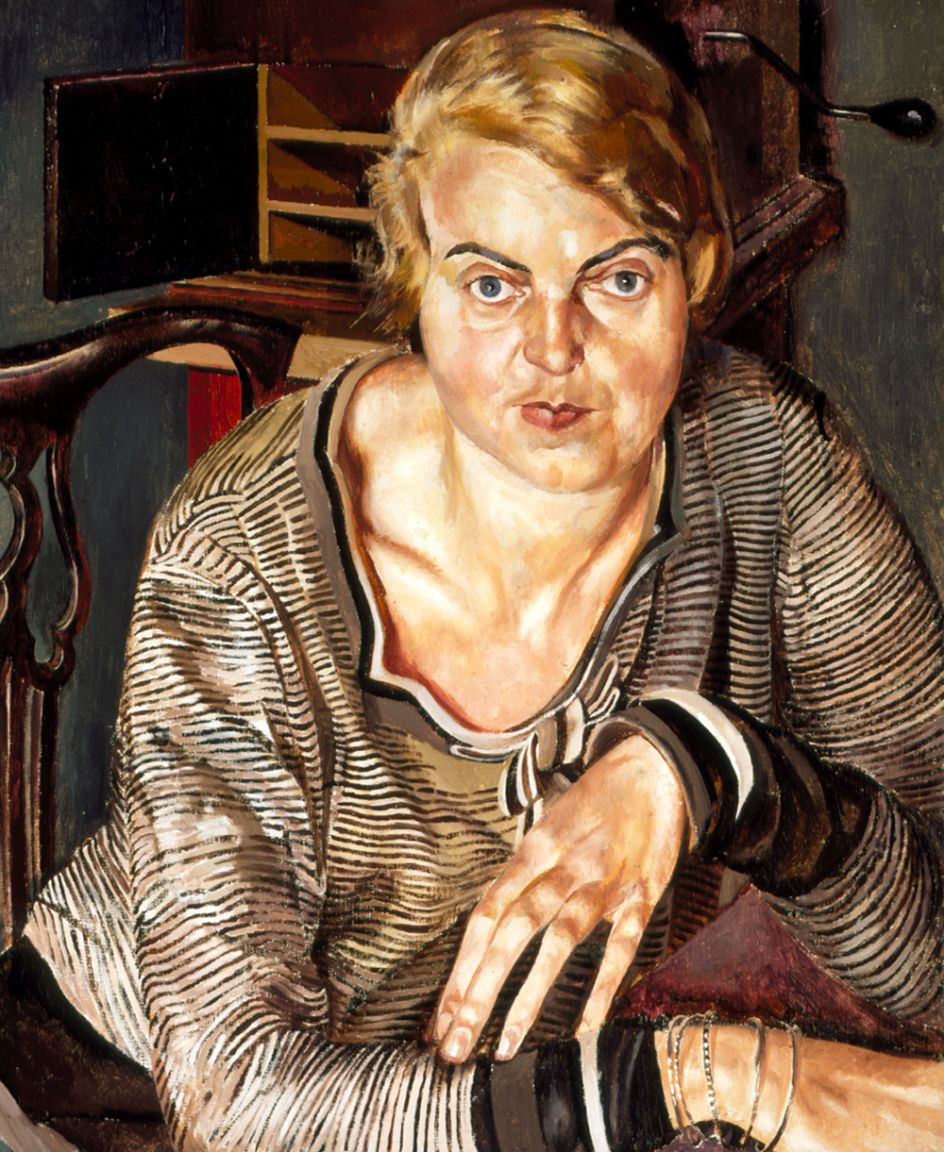
Stanley Spencer, Patricia Preece, 1933, Oil on canvas, 83.9 x 73.6 cm © Estate Stanley Spencer & Bridgeman Images, London. Courtesy Southampton City Art Gallery
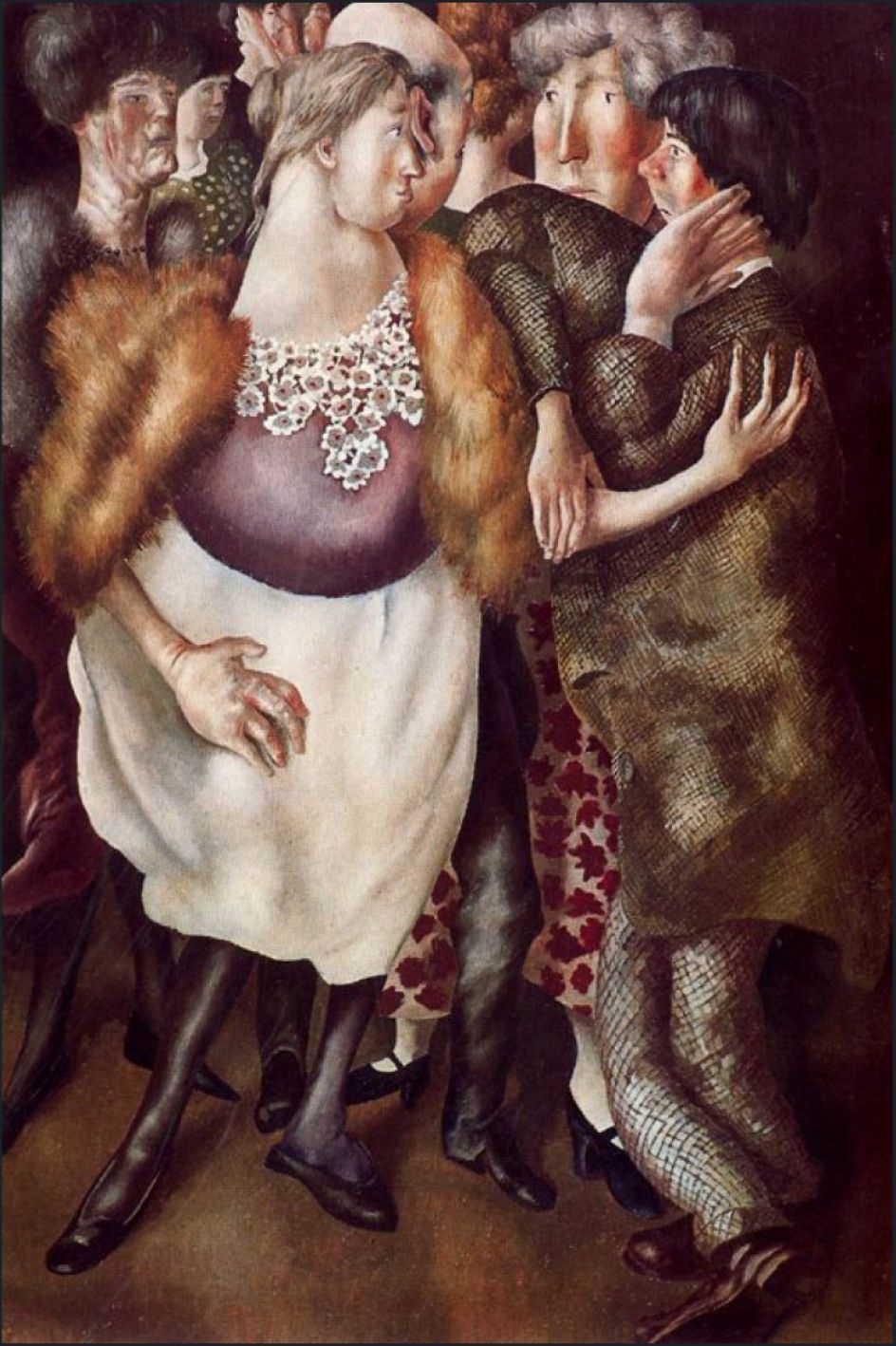
Stanley Spencer, The Beatitudes of Love (5): Contemplation, 1938, Oil on canvas, 91.5 x 61 cm © Estate Stanley Spencer & Bridgeman Images, London. Courtesy of The Stanley Spencer Gallery.
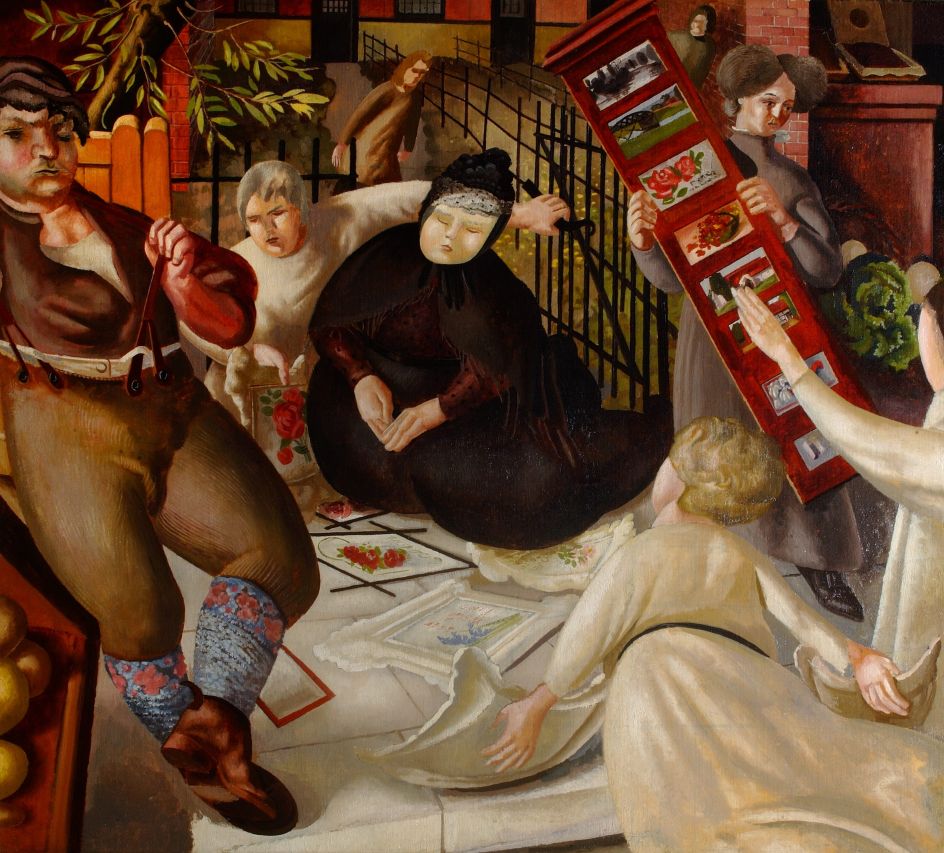
Stanley Spencer, Sarah Tubb and the 'Heavenly Visitors', 1933, Oil on canvas, 91.5 x 101.5 cm © Estate Stanley Spencer & Bridgeman Images, London. Courtesy Stanley Spencer Gallery
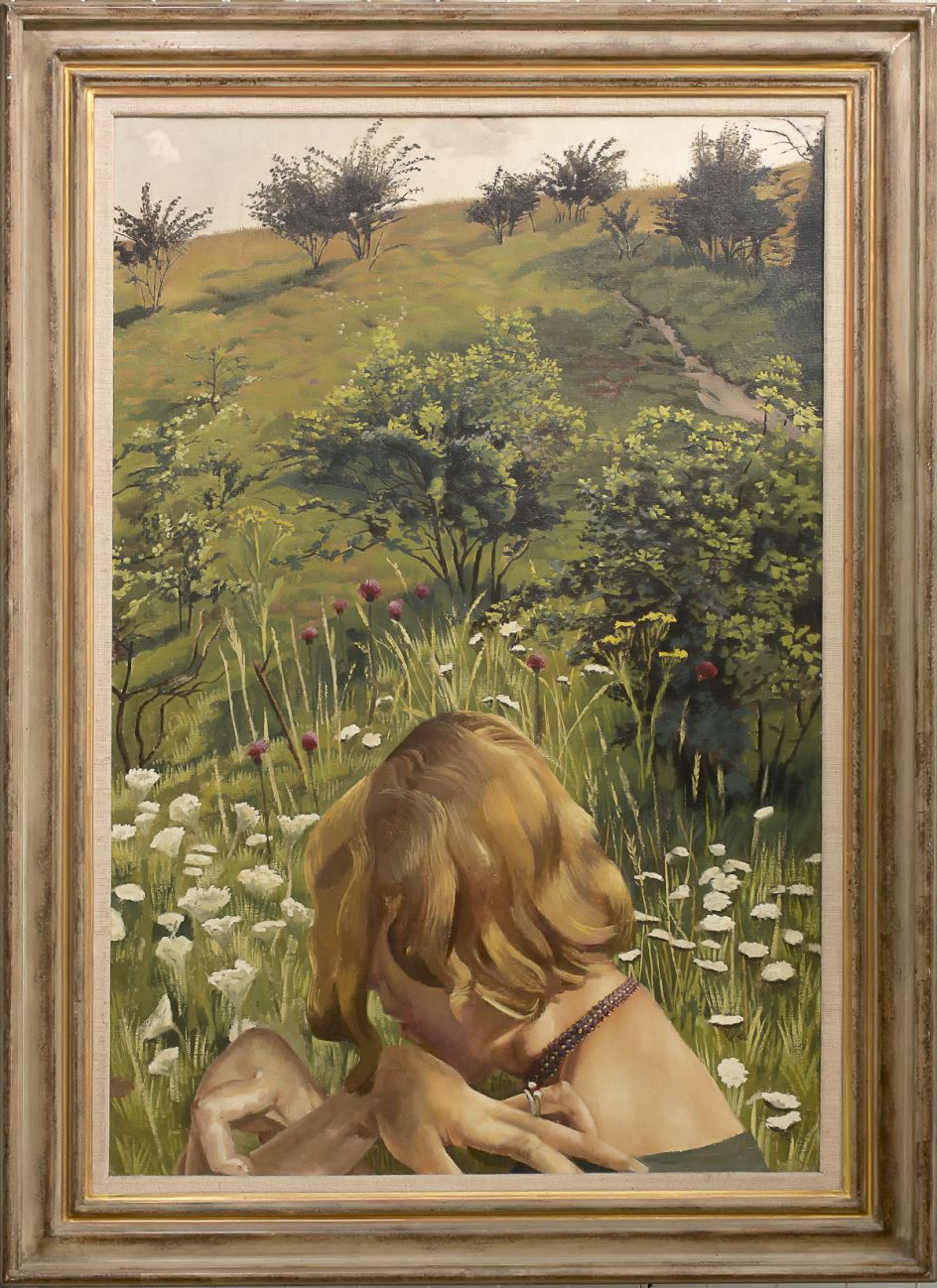
Stanley Spencer, Patricia at Cockmarsh Hill, 1935, Oil on canvas, 91.5 x 66 cm © Estate Stanley Spencer & Bridgeman Images, London. Courtesy Stanley Spencer Gallery




 by Tüpokompanii](https://www.creativeboom.com/upload/articles/58/58684538770fb5b428dc1882f7a732f153500153_732.jpg)


 using <a href="https://www.ohnotype.co/fonts/obviously" target="_blank">Obviously</a> by Oh No Type Co., Art Director, Brand & Creative—Spotify](https://www.creativeboom.com/upload/articles/6e/6ed31eddc26fa563f213fc76d6993dab9231ffe4_732.jpg)








